Underworld Threat to Melting Icecap
Scientists using radar images of Greenland’s glaciers have discovered a spectacular underground landscape of “skyscraper” ice blocks formed by the melt-and-freeze cycle that is accelerating the reduction of the icecap.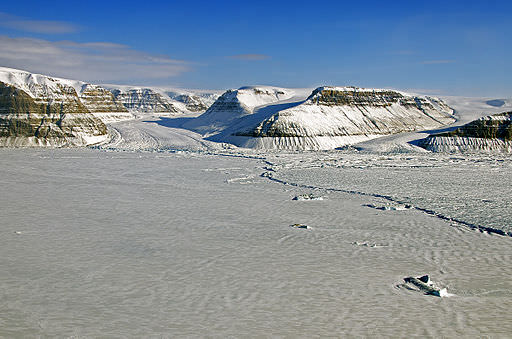
By Tim Radford, Climate News NetworkThis piece first appeared at Climate News Network.
LONDON — Researchers in the US have identified a new reason for the acceleration in the melting of Greenland’s icecap — the ice underneath, as it melts and then refreezes, appears to speed up glacial flow.
The melt-and-freeze-again cycle is not itself new, as a similar process has been diagnosed under the ice cap of Antarctica. Nor is the process itself necessarily connected with global warming. Such things must always have happened.
But Robin Bell, a geophysicist at Columbia University’s Lamont Doherty Earth Observatory, reports with colleagues in Nature Geoscience that they used ice-penetrating radar to identify ragged blocks of ice as tall as skyscrapers and as wide as the island of Manhattan at the very bottom of the ice sheet. These structures cover about a tenth of the island and seem to form as melted water below the ice freezes again. They then warp the ice around and above them.
Easier to flow
“We see more of these features where the ice sheet starts to go fast,” Professor Bell said. “We think the refreezing process uplifts, distorts and warms the ice above, making it softer and easier to flow.”
Bell and her colleagues looked at the Petermann Glacier in Greenland’s north, which in 2010 pushed a huge chunk of ice into the sea. Observations suggest that the glacier is moving twice as fast as the surrounding ice, and the hypothesis is that the melt-and-freeze-again process is contributing to this acceleration.
Researchers have been troubled for a decade or more by the apparent increase in ice loss from Greenland. Were the whole island to melt, sea levels worldwide would rise by more than seven metres, so the concern is practical.
Recently, researchers have found that the bedrock beneath many glaciers is actually below sea level, making the glaciers vulnerable from ocean inflow. They have identified a process called “dynamic thinning”, triggered by warmer air temperatures, and they know anyway that natural geothermal heat flow mis likely to melt the base of the ice and lubricate any acceleration.
They have measured a fourfold increase since 1997 in summer flow speeds in the island’s Jakobshavn glacier. And they have indicated that the Greenland icecap each summer becomes more vulnerable to melting because the snows themselves are becoming darker, as more dust blows in from areas that are increasingly ice free.
Ice slide
So the discovery of a process that will make the ice slide to the sea more efficiently is not of itself more sinister. The meltwater could come from a number of sources. The friction created by a glacier as it moves must contribute. So could natural heat flow from the bedrock. Surface ice could melt in the summer sun and drain through crevasses to the base.
However, what the discovery helps to offer, literally and metaphorically, is a deeper understanding of the processes at work below the ice.
What is not clear is whether the melt-and-freeze cycle will influence the rate at which ice is lost in future. Nor does anyone yet know what triggers the cycle.
“The conditions under which such switches occur should be investigated, as they directly affect the ability of an ice sheet to slide over its bed,” advises Joseph A. McGregor, of the University of Texas at Austin, writing in the same issue of Nature Geoscience.
Your support matters…Independent journalism is under threat and overshadowed by heavily funded mainstream media.
You can help level the playing field. Become a member.
Your tax-deductible contribution keeps us digging beneath the headlines to give you thought-provoking, investigative reporting and analysis that unearths what's really happening- without compromise.
Give today to support our courageous, independent journalists.
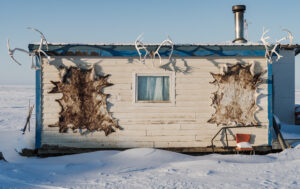
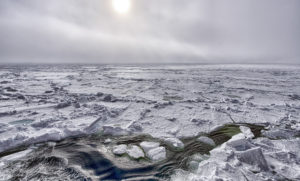
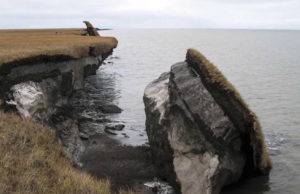
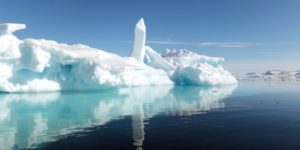
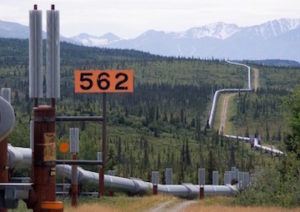

You need to be a supporter to comment.
There are currently no responses to this article.
Be the first to respond.